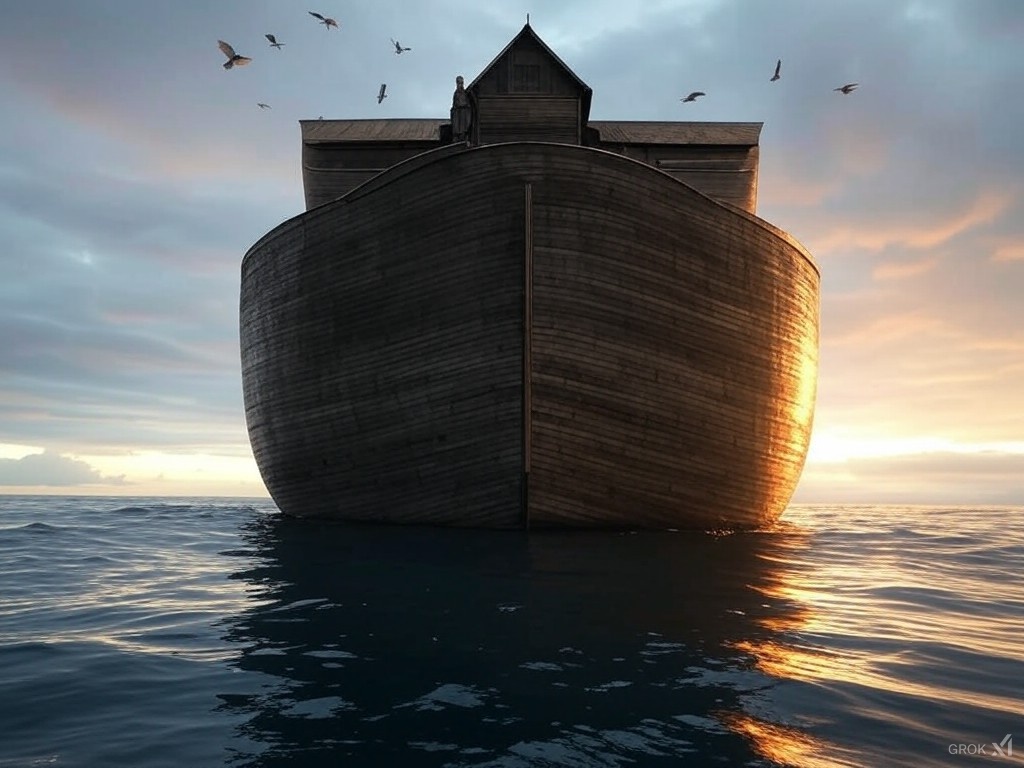The Fascinating Evolution of Caulking
If you’ve ever wondered about the history of caulk, caulking guns, and the materials we use today, you’re not alone. I was curious, too, and what I found is a story that stretches back thousands of years and is filled with fascinating twists and turns.
The Oldest Reference: The Gilgamesh Epic

To uncover the roots of caulking, we have to travel back to around 2100 BC and look at the Gilgamesh Epic. This ancient Mesopotamian poem, considered the oldest complete story in existence, contains a tale strikingly similar to the Biblical story of Noah and the Ark.
In this epic, Gilgamesh receives a divine warning about a coming flood and is instructed to build a large boat to preserve life. The text even describes him gathering animals and releasing birds to check for receding waters. But here’s where it gets interesting for our story about caulking: the Gilgamesh Epic includes a reference to using caulking to make the boat watertight.
One passage reads: “For the caulking of the boat, to Puzuramurri, the boatman, I gave the palace together with its contents.” Think about that! Puzuramurri’s caulking job was so appreciated that he was rewarded with a palace (though, with the flood looming, how great a gift was that really?).
This marks one of the earliest references to caulking as a process critical to shipbuilding, ensuring boats could stay afloat.
From Ships to Structures: The Evolution of Caulking
To further explore the history of caulk, let’s fast-forward a few thousand years. Here, we see the term “caulk” emerge from the Old North French word caquer, meaning “to press down.” Early caulking methods involved pressing fibers like cotton and hemp soaked in pine tar into the seams of wooden ships. Workers used tools like caulking mallets and caulking irons to seal the joints, preventing water from seeping in and sinking the ship.
As wooden ships gave way to iron and steel, caulking techniques adapted. Instead of fibers, builders compressed metal edges to create watertight seals. Around the same time, in the early 1800s, the concept of caulking expanded beyond shipbuilding to construction, where tar-like materials were used to fill gaps in wooden structures.
However, applying these materials was a messy business. Workers used putty knives or even their bare hands to spread and seal the material. It’s hard to imagine just how labor-intensive and, frankly, chaotic this process must have been.
A Game-Changer: The Invention of the Caulking Gun
Enter Theodore Witte, the man who forever changed how we apply caulk. In 1894, Witte invented the first caulking gun, which he called the “Puttying-Tool.” The inspiration? A bakery! The story goes that Witte saw a baker applying frosting with a piping bag and thought, “Why not use something similar for caulking?”
His invention allowed users to load bulk caulking materials into a gun-like device, making the process more efficient and far less messy. Before long, manufacturers began producing pre-filled cartridges designed to fit caulking guns, standardizing the tools and materials we use today.
Modern Advancements in Caulking
Today, caulking has come a long way from its origins. Modern sealants are designed for specific needs:
- Paintable Caulks: Blend seamlessly into walls and trim.
- Moisture-Resistant Caulks: Perfect for bathrooms and kitchens.
- Mold and Mildew-Resistant Caulks: Keep wet areas sanitary and clean.
- Gap-Filling Caulks: Seal large cracks and spaces.
What Caulk Should You Use?
With so many options, choosing the right caulk for your project can feel overwhelming. That’s where we come in! At RepcoLite, we’re here to help you select the best caulk for your needs and show you how to apply it cleanly and professionally. Whether you’re a DIYer or a contractor, we’ve got you covered.

